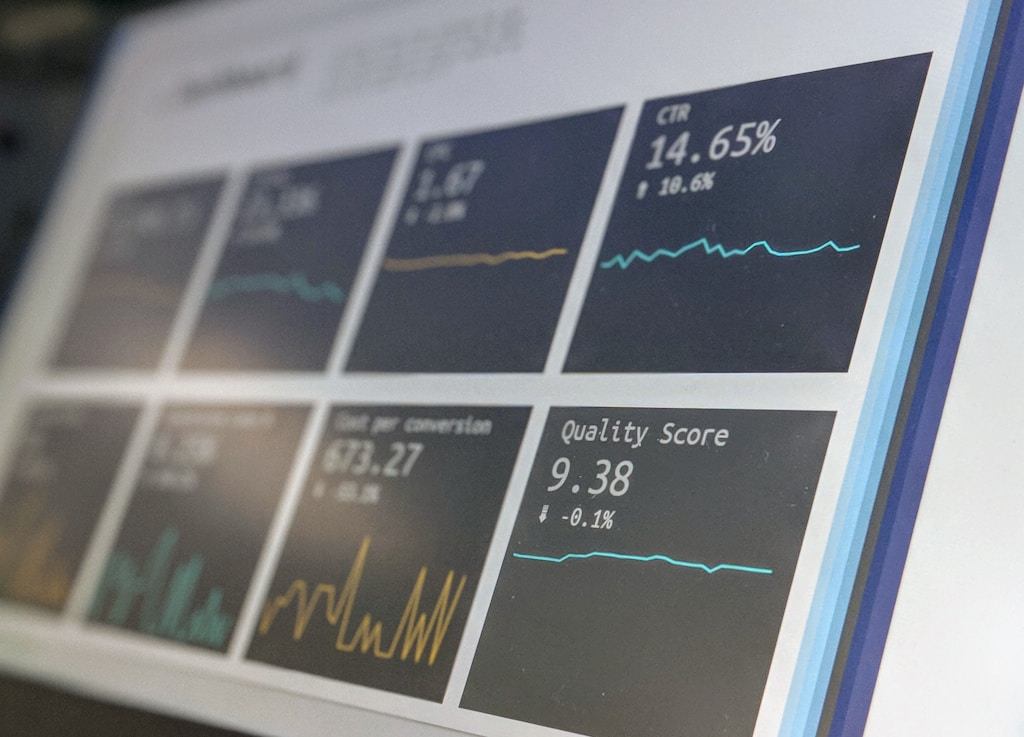In a significant development for crypto exchange security, BitMEX has successfully blocked a sophisticated phishing attempt by the notorious Lazarus Group, demonstrating the growing importance of robust security measures in the cryptocurrency ecosystem. The attack, which masqueraded as an NFT collaboration opportunity, highlights the evolving tactics of state-sponsored threat actors in the digital asset space.
Key Details of the Attempted Attack
According to BitMEX’s security team, the Lazarus Group attempted to execute a phishing campaign by posing as legitimate NFT project collaborators. However, the exchange’s security protocols quickly identified and neutralized the threat, preventing any potential loss of user funds or data compromise.
This incident comes amid increasing crypto-related criminal activities across the globe, highlighting the need for enhanced security measures in the digital asset industry.
Analysis of Attack Methodology
- Impersonation of NFT project team members
- Use of social engineering tactics
- Attempted deployment of malicious smart contracts
- Reuse of previously identified attack patterns
Security Implications for Crypto Exchanges
The incident underscores the critical importance of implementing robust security measures in cryptocurrency exchanges and platforms. BitMEX’s successful defense against this attack provides valuable insights for other platforms in the industry.
FAQ Section
What is the Lazarus Group?
The Lazarus Group is a state-sponsored hacking collective known for targeting cryptocurrency platforms and financial institutions.
How can users protect themselves from phishing attacks?
Users should enable two-factor authentication, verify all communication through official channels, and never share private keys or sensitive information.
What makes this attack attempt significant?
This attack represents a continued evolution in cryptocurrency-focused cyber threats, particularly from state-sponsored actors.
Recommendations for Crypto Users
- Enable all available security features on exchange accounts
- Verify communications through official channels
- Use hardware wallets for significant holdings
- Regularly update security credentials




